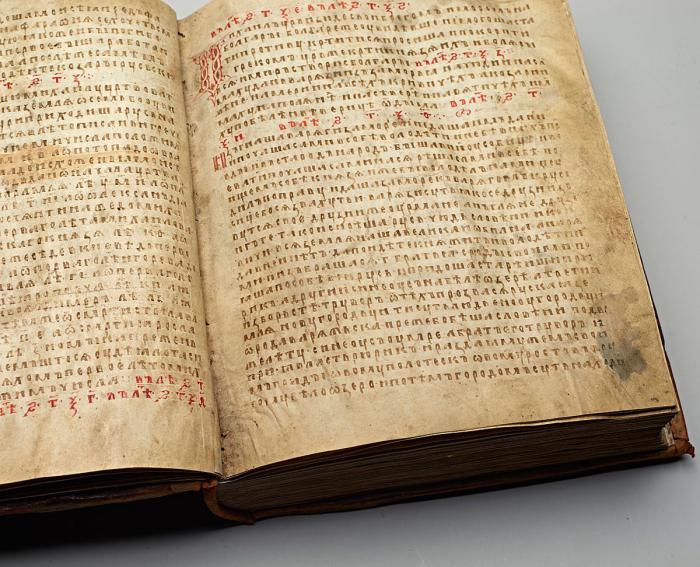Development and flourishing of Kievan Rus
Kievan Rus is the largest statemedieval Europe. It was formed in the 9th century as a result of the internal development of the Slavic tribes. Kievan Rus played a significant role in the history of the East Slavic peoples. Throughout the existence of the state, the Old Russian people developed, which became the ethnic basis of three peoples - Russian, Belarusian and Ukrainian. The union of the Slavic tribes promoted the development of the economic, cultural and political spheres. Kievan Rus took the leading place in the international arena. Close contacts were established with the Czech Republic, Georgia, Poland, France, Byzantium, England.
The heyday of Kievan Rus
For a long period for the largest state of Europe was characterized by fragmentation. The princes could not come to an agreement when solving simple questions.
The flourishing of Kievan Rus is largely connected withreligious reforms, which was conducted by Prince Vladimir. He understood that paganism does not meet the interests of such a powerful state. Faith in the forces of nature meant worshiping many gods. And Vladimir decided to strengthen his power with the help of Christianity. Thus, the population of Kievan Rus understood - if there is only one God in heaven, then they can have only one sovereign - Vladimir. He accepted the Christian faith. Right after that, almost the entire population received baptism. With the adoption of Christianity, the princely power was strengthened.
The flourishing of Kievan Rus continued in the periodreign of Yaroslav the Wise. With him, great attention was paid to strengthening the position of Christianity. In addition, culture and education reached the highest level. During this period a large number of books were translated from Greek into Old Russian. In Novgorod, a school was created in which three hundred students studied literacy. In Kiev, St. Sophia Cathedral was the foundation of the first library in Russia. It not only translated books, but also chronicles were written.
The heyday of Kievan Rus was characterized by the developmentarchitecture and painting. A vivid example is the St. Sophia Cathedral. It has no analogue in any state. The Cathedral is distinctive. Unlike the architectural masterpieces of the time, the Kiev Sophia did not rise above the ground. In painting, an important place belonged to the fresco and mosaic.
Foreign policy of Kievan Rus
The main tasks facing the Old Russian princes were:
- protection of trade routes;
- struggle with steppe nomads;
- strengthening ties with the Byzantine Empire.
In the conditions of constant attacks, threats fromthe nomadic parties of the princes of Rus strengthened the line of defense. So, under Vladimir, powerful lines were established on such rivers as Desna, Sula, Struna. Throughout the line of defense, fortresses and fortifications were built.
Since the 10th century, between Byzantium and KievRussia experienced frequent wars. In many ways they were connected with the struggle for trade routes, the reduction of duties for merchants, and the strengthening of power. Only in 1046 the two powerful states of Europe concluded the final peace treaty, which was sealed by the wedding of the Kiev prince Yaroslav and the daughter of the Byzantine emperor Monomakh.
Princes of Ancient Russia
According to the Norman theory, the ancient Slavs up to 9century lived small tribes without centralized management. Then they invited to the board Varangian princes, who initiated the formation of the ancient Russian state. During this period, the lands were attacked by nomads. As a result, one of the Varangian princes (Rurik) was killed. The place of the Kiev prince was occupied by Oleg. After Oleg's death, Igor became the state.
A big role in the development of Kievan Rus belongs to Vladimir. He not only united all the lands, but also accepted Christianity.
No less important place in the history of the Old Russianthe state is given to Yaroslav the Wise. Under him, Kievan Rus reached its heyday: ties with many countries of the world were strengthened, and a breakthrough occurred in the cultural sphere.
After the principality of Yaroslav the Wise, the throne passed to Vladimir Monomakh, and then to Yury Dolgoruky.
Certainly, with each ruler Kievan Rusreached a different level of development, but one can not deny the fact that it was under Vladimir and Yaroslav that the Old Russian state reached the peak of its development.





